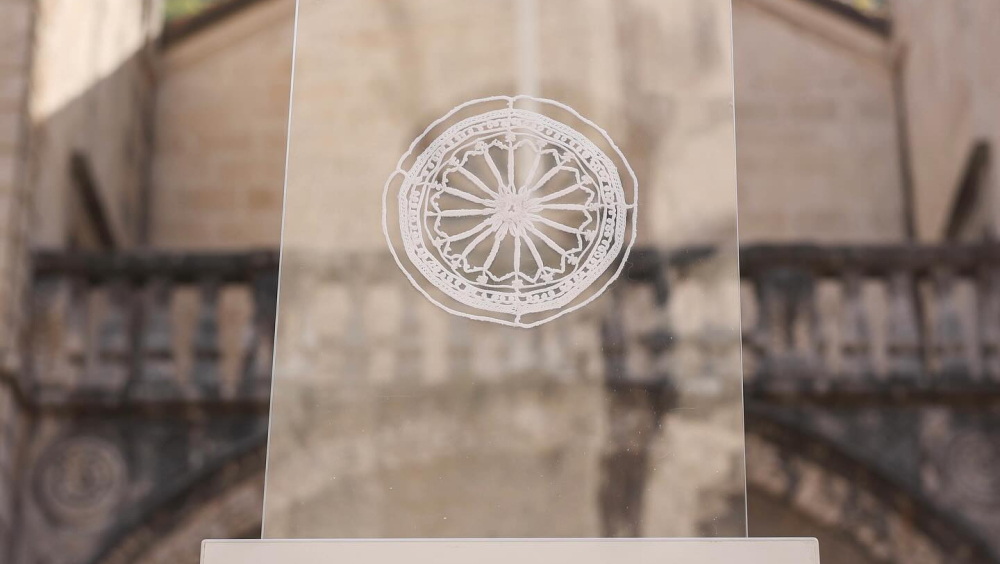Paths and Centuries of Dobrota Lace
Kotor’s “Museums” plan to make 2025 a year dedicated to scientific and professional endeavors aimed at researching the origins of Dobrota lace and determining its age. It is clear that Dobrota lace is the result of various lace-making techniques interwoven across the Mediterranean and Western Europe, representing a delicate and still insufficiently explored part of Europe’s cultural heritage.
Kotor’s “Museums” plan to make 2025 a year dedicated to scientific and professional endeavors aimed at researching the origins of Dobrota lace and determining its age. It is clear that Dobrota lace is the result of various lace-making techniques interwoven across the Mediterranean and Western Europe, representing a delicate and still insufficiently explored part of Europe’s cultural heritage.
Since 2013, the skill of making Dobrota lace has been protected as an intangible cultural asset of Montenegro. Kotor’s “Museums” support the sustainability and vitality of this craft by organizing periodic workshops where this renowned skill is taught and passed on. By engaging the local community to learn the craft, we ensure the cycle of preserving, supporting, and revitalizing this precious intangible cultural asset.
However, the available information largely relies on the works of Miloš Milošević, Antun Tomić, Milenko Pasinović, and other experts on the region’s history, as well as on accounts from local residents. It has often been stated that Dobrota lace originates from Venice and has been produced in our region since the 12th century.
In order to gather knowledge and uncover new findings, the project “Paths and Centuries of Dobrota Lace” encompasses:
- Research activities connecting Montenegro, Italy, and Croatia (archives, libraries, scientific and professional databases),
- The use of the radioactive carbon (14C) method to determine the age of organic materials,
- The creation of a documentary database.
Kotor’s “Museums” believe that, in addition to organizing lace-making workshops, they can further contribute to understanding the phenomenon of Dobrota lace by investigating its origins—primarily through archival research—and by precisely dating the oldest known and accessible examples of Dobrota lace.
Amount of Requested Funds
(engaging external collaborators, research and travel expenses, application of the radioactive carbon method)
… €10,000
It is clear that Dobrota lace is the result of various lace-making techniques interwoven across the Mediterranean and Western Europe, representing a delicate and still insufficiently explored part of Europe’s cultural heritage.
